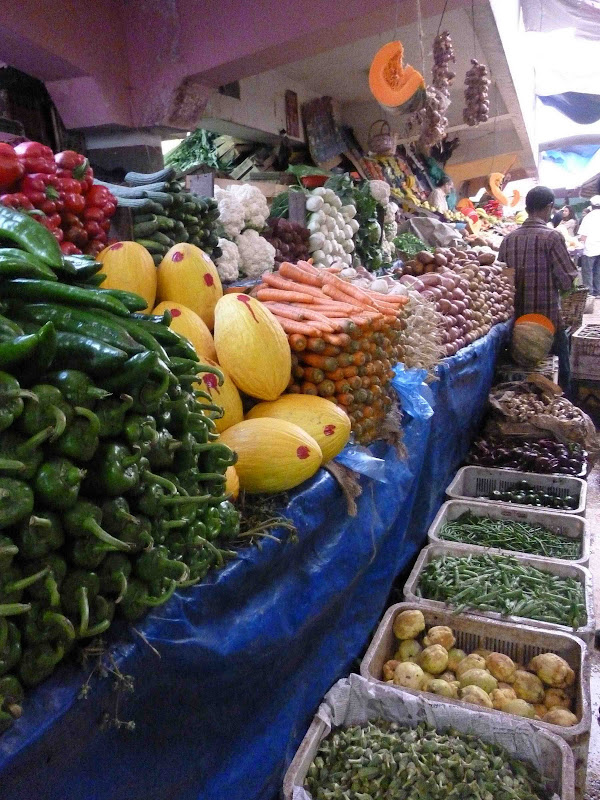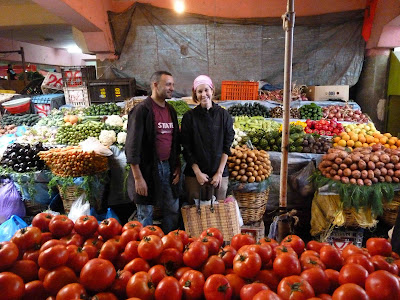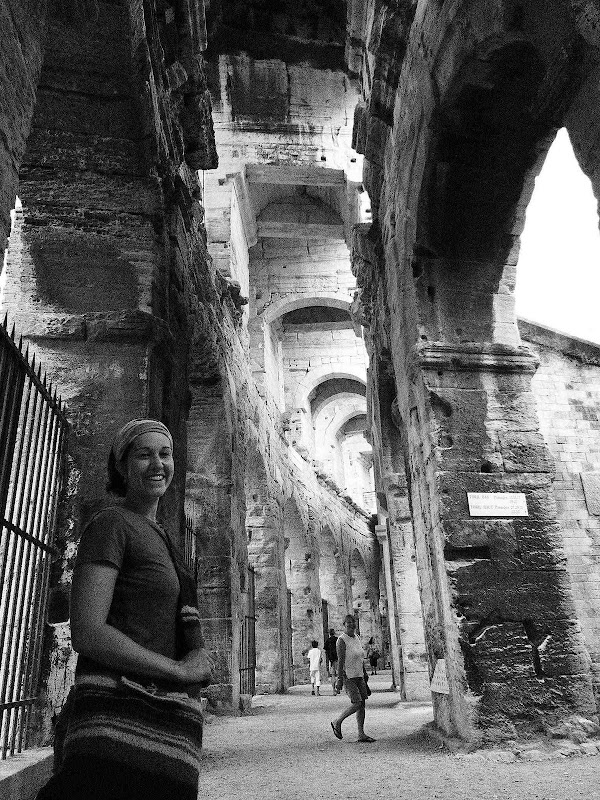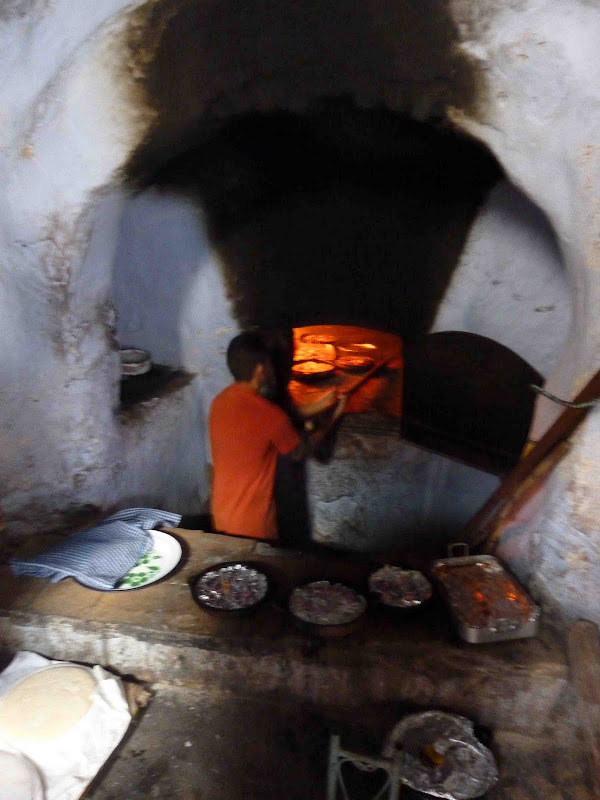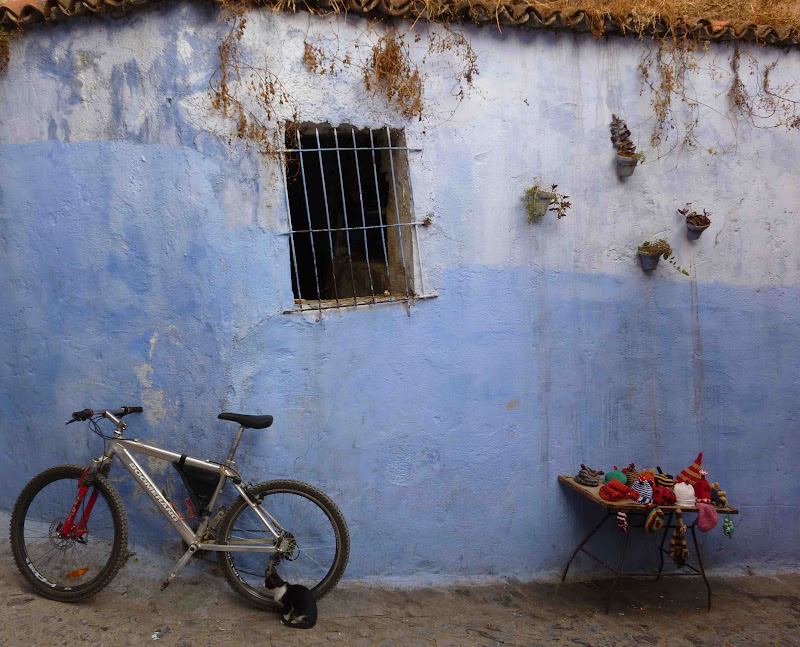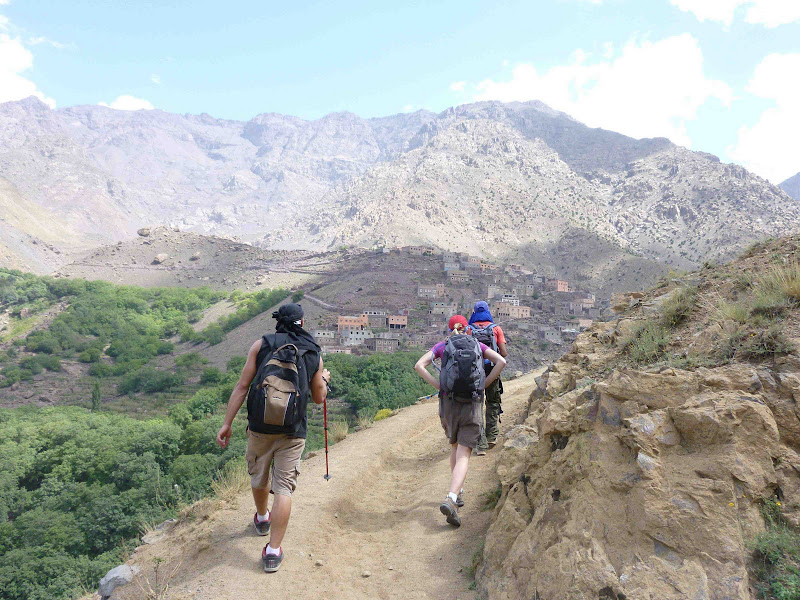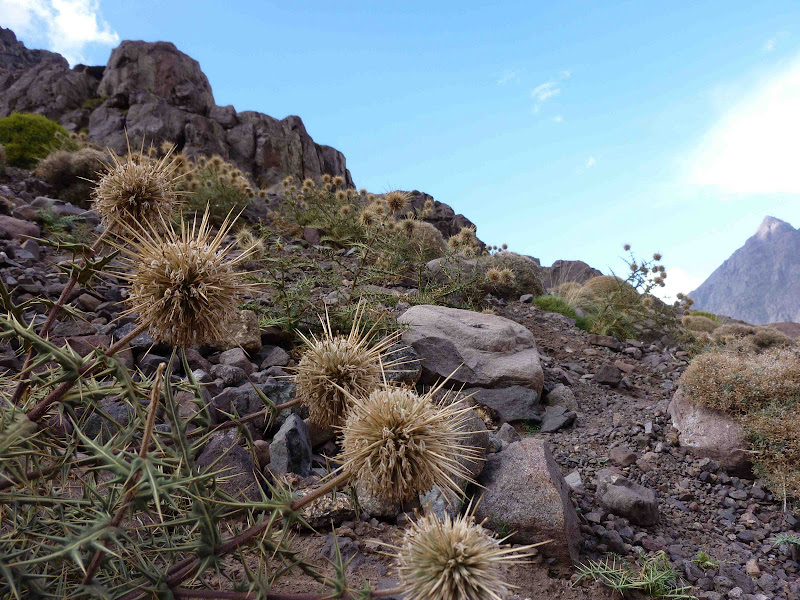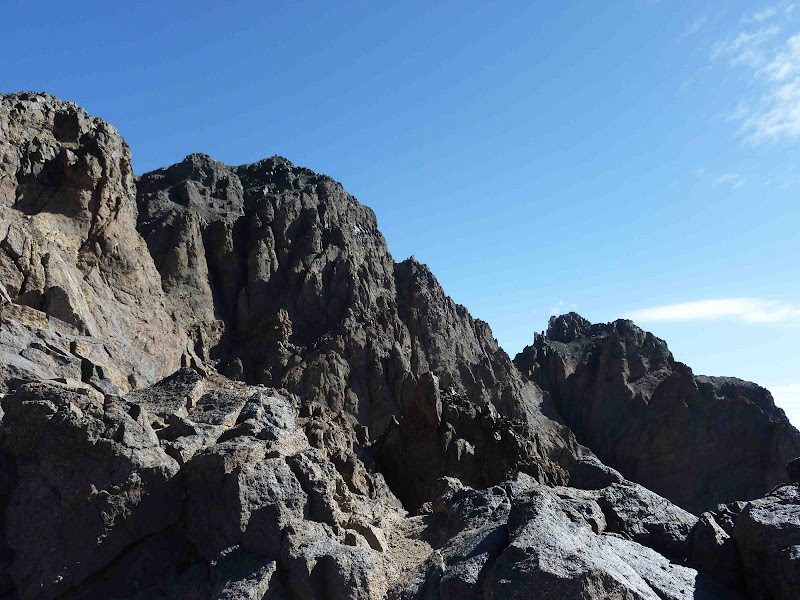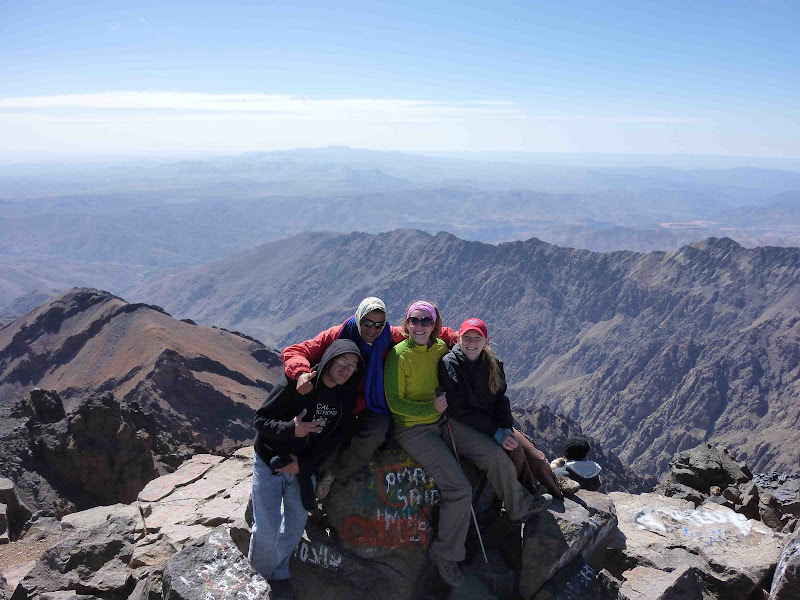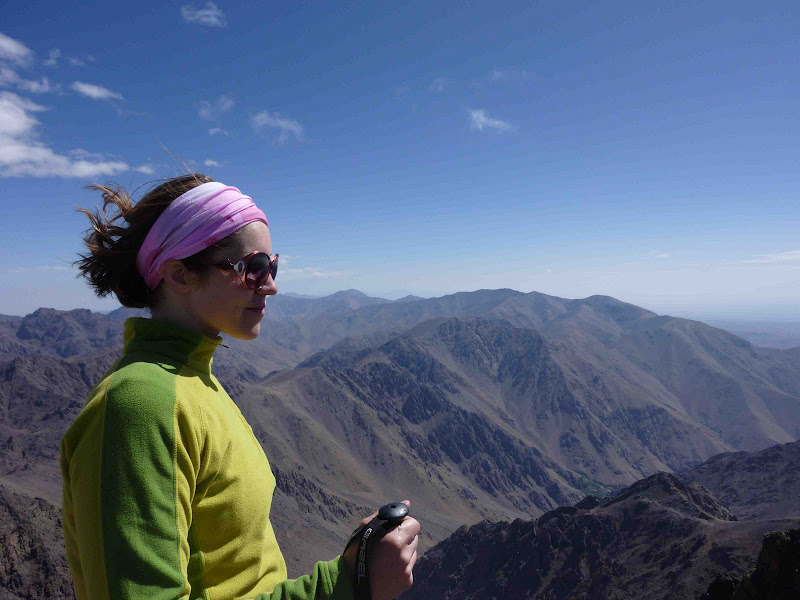A few weeks ago, I had had it. I go through phases like this, where I feel inhuman because I’m in a rut, I’m stressed, or I’m simply out of balance.
I need to go on a hike and go camping. So, I texted some friends, and just like that, the cloud lifted with plans for getting out of town.
We drove to Volubilis, which is a site of Roman ruins nestled between fertile rolling hills (grains and olive trees) and beneath a holy white city (Moulay Idriss).
Wandering around, I appreciated the wildflowers and columns. I admired the mosaic tilework that once made up dining room floors and now sit exposed to the elements.
Atop ancient foundations, we enjoyed a picnic lunch of sandwiches, good cheese, Moroccan olives, and a nice Bordeaux.
Our expedition continued with a drive through Moulay Idriss, which proved more challenging because it was market day. The streets were lined with pedestrians, shops, donkeys, and cars.
We found it difficult to find a camping spot for the night. Every potential spot was either in a ridiculously public spot, exposed to the elements, or...
... on someone's olive grove.
We were relieved to find a quiet spot next to a lake. A Moroccan man visited us at night, hiding a bottle of wine in his jacket and lighting up his kiff pipe. He sat with us for a bit, joking and passing the pipe around the fire. In the morning, a man with two mules, two dogs, and an old plow joined us. As we ate an elaborate camping breakfast of eggs, bread, and cheese, the man walked slowly along, yelling at his mules, and plowing that field the old-fashioned way.
The next day, we set out to find a good hiking spot. We wandered behind Moulay Idriss, crossing a river and scaling a rock face, disturbed a shepherd’s dog and sheep, and came to a stunning view of the city, with Volubilis below.
I had the perfect weekend- time with friends, a romp in nature, a historical perspective, and a bit of Moroccan culture.
Karissa











